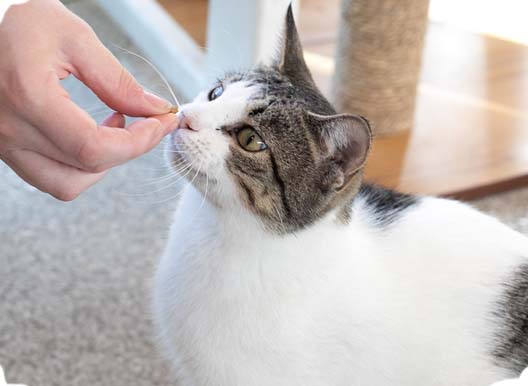Pet Care Resources
General, Medical, & Behavioral Care
We’re Here To Help
Did you adopt an animal from SICSA? Or are you just a new pet parent? We’re here to help! SICSA is committed to supporting our adopters post-adoption and to preventing pets from ending up in shelters. Our goal is to nurture loving, lifelong relationships between animals and people.
General Pet Care
Below are some common concerns you may have with your pet.
Fleas and ticks are two of the most frequent pet care concerns in America. While prevention is the best defense against these parasites, it’s important to be able to recognize the signs and symptoms of fleas and ticks so you can help your pets if necessary. SICSA sells flea prevention for both cats and dogs, and no prescription is needed. It can be purchased anytime during our open hours, Monday-Saturday noon-7pm and Sunday noon-6pm. To see available products and prices, please visit our shop here.
SICSA Wellness & Veterinary Care Services
The SICSA Veterinary Clinic employes a staff of 16 which includes three licensed veterinarians and two licensed veterinarian technicians. We perform more than 4,000 spay and neuter surgeries each year, and wellness services to an additional 1,800 animals owned by members of the community. You do not have to adopt an animal from us to bring your pet here. For those with income challenges we provide services for which subsidized support would be
required. Proof of need is required to receive financial assistance.
To learn more or schedule and appointment go to: Wellness Clinic.
937-294-6505, ext. 49
Other Assistance Programs
Across the country, there are numerous national organizations dedicated to animals and animal welfare. From assisting and providing financial resources to pay for medical and veterinary care to offering tips and solutions to pet behavioral issues, there is an organization dedicated to issues you may be experiencing. Below are links to many organizations that may be able to provide assistance.






